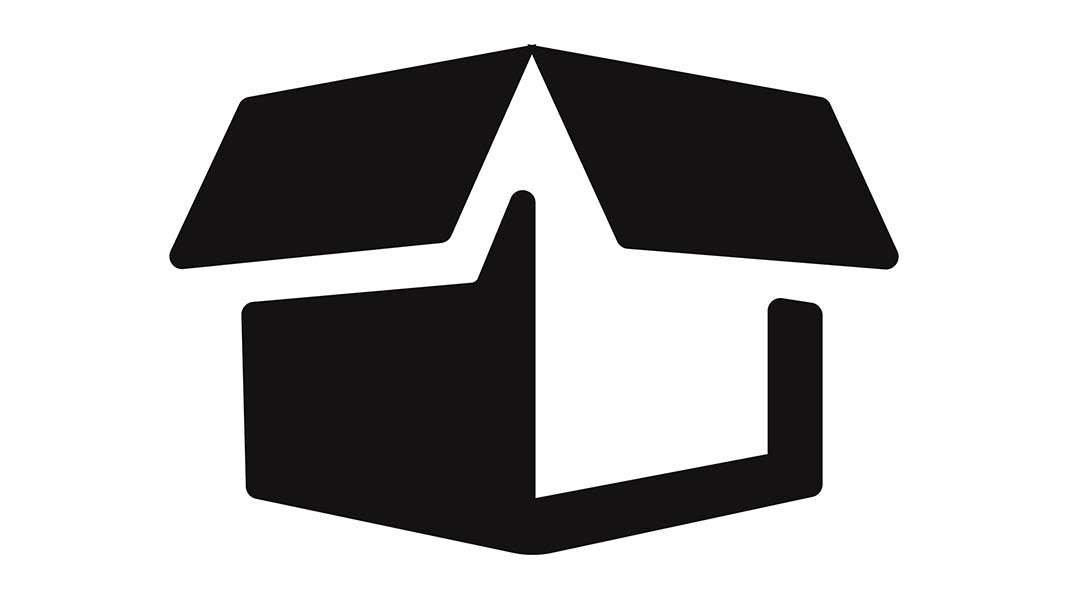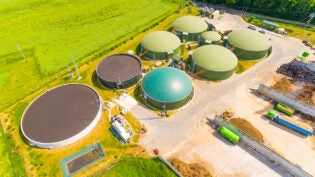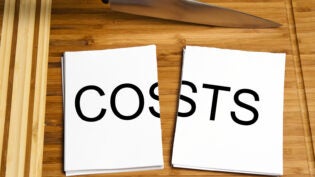How One Company Thinks Outside the Box with On-Demand Packaging
By: Redshift

It’s a frustrating and common e-commerce experience: receiving a small item in a huge box filled with plastic air pillows or other packing material. The shipper may find it convenient to use just a few box sizes, but it’s a big waste.
According to the Environmental Protection Agency, containers and packaging make up a major portion of municipal solid waste, with corrugated boxes alone accounting for 31.3 million tons in 2015. As e-commerce has grown, so has municipal solid waste from packaging, from 14.1 million tons in 1960 to almost 52.5 million tons in 2015. Although more than 80% of that material is recycled, the recycling process itself is labor-intensive and unprofitable.
Hanko Kiessner founded Packsize International in 2002 to create an on-demand-packaging solution for businesses. After 20 years in the corrugated-packaging business, Kiessner wanted to find a way to cut waste in the shipping supply chain. Packsize provides everything shippers need to produce boxes and ship products right in their warehouse, including a machine, software, and consumables.
Adam de Laveaga, director of solutions engineering for Packsize, says that the problem is not limited to a final shipper that creates excess packaging waste. In the traditional model, one company makes the sheet of cardboard and ships it to a second company that makes the box. A third company sells the box to the end shipper. So, in addition to the actual material, there are fuel and labor costs for moving all that material around—plus packaging for the packaging.
Packsize has grown into a multinational technology company with a packaging-as-a-service business model, developing sustainable smart-packaging solutions and processes for its customers. The company creates custom continuous-folded bales of cardboard using 97% recycled material, which is manufactured in North America and Europe. Many box sizes can be made from a few cardboard widths. (For example, 155 box sizes can be made from three widths of corrugated cardboard.) “Our customers get a continuous stack of material that is the right size in terms of width and strength for the boxes they need,” de Laveaga says.
The most advanced Packsize machines can cut, fold, glue, label, and seal the boxes, as well as integrate with the retailer’s enterprise resource-planning or warehouse-management systems to automatically generate the right-size option as soon as a customer places an order.
Developing an Entire Solution
Switching to on-demand packaging requires some changes to warehouse organization and workflow. While the shipper will save the space needed to store boxes, the Packsize system does require a place for the corrugated bales—as well as the machine itself, which amounts to a footprint between 45 square feet and 150 square feet, depending on the model.
Packsize’s ingenuity in preserving raw-material use now stretches beyond the packaging line and into its customers’ upstream and downstream processes. “We look at the customer’s needs and processes to develop an entire solution that supports their operations,” de Laveaga says. “They need to take a facility that wasn’t designed around on-demand packaging and make changes to leverage it.”
To create sustainable-packaging environments for customers, Packsize sales engineers use various methodologies and tools, such as Autodesk AutoCAD LT, to understand the floor space required for the machine and for the operator to work around it. They also design the material conveyance and handling systems to and from the machine and figure out where to place ventilation, data, and power connections. Providing customers with precise layouts to give to their utility contractors saves them money on installation costs.
Packsize analyzes the customer’s current and wasteful store-and-retrieve box volume to create an on-demand-packaging solution and corresponding price. Because every business is unique, so is every Packsize packaging-as-a-service transaction. With a Packsize system on the customers’ packaging lines, daily shipment counts and product sizing determines how many corrugated bales and widths they need. Right-sizing each product shipment removes about 40% to 60% of wasted space in the box, reducing or often eliminating the need for filler material to protect the product.
Saving Time, Labor, and Carbon Emissions
The Packsize system typically saves a customer 15% to 25% in overall supply-chain costs, de Laveaga says, as well as reduces the need for materials storage by 25% to 35%.
One customer—Legacy Cabinets of Eastaboga, Alabama—packs 3,500 to 4,000 cabinets a day. Its previous packing system required a worker to go to racks and choose the best box from more than 500 sizes and manually carry it back to the packing table. Four Packsize custom box-making machines automatically generate the right-size box, eliminating that trip to the storage racks—and even the racks themselves.
The top-of-the-line X7 machine handles cutting, folding, erecting, gluing, sealing, and labeling the box. According to de Laveaga, the X7 can do in three to four seconds what it would take an experienced packer 30 seconds to a minute.
Packsize estimates that its customers have collectively saved 681 million pounds of carbon-dioxide emissions since 2013 from the reduction in cardboard use alone—a figure that grows daily with Packsize’s expanding customer base. In addition, because on-demand packages are the right size for the product, the company also reduces the cubic volume of packages shipped by as much as 40%. This cuts shipping costs and leads to fewer trucks on the road or planes in the air for less total air pollution per package.
Moreover, customers can reduce their use of void-fill materials by at least 60% to 80%, keeping that nasty plastic out of the garbage—or the ocean.












